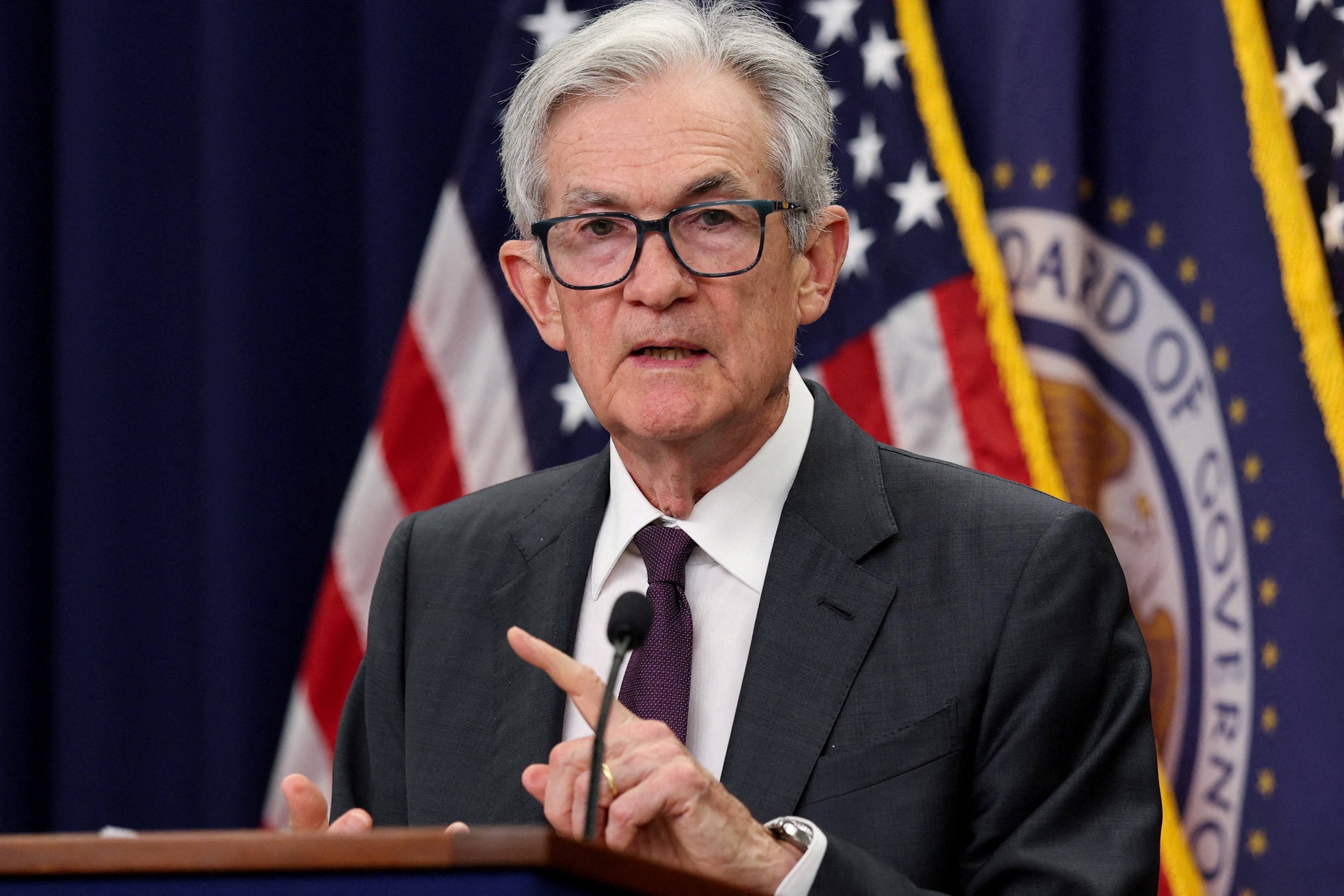Federal Reserve Cuts Interest Rates by 0.75%
In a significant move to address rising inflation, the Federal Reserve announced a 0.75% interest rate cut earlier today. Chairman Jerome Powell emphasized that "this unprecedented move is necessary to combat rising inflation," a decision that is expected to impact approximately 2.3 million homeowners across the nation.
Details Emerge
The rate reduction aims to ease financial pressures on American families, potentially saving them up to $1,200 annually. This strategic action reflects the Fed"s ongoing commitment to stabilizing the economy amid persistent inflationary pressures that have been troubling consumers and businesses alike.
This week"s announcement marks a critical juncture in the Federal Reserve"s monetary policy, following months of cautious assessments regarding inflation rates. Economists have been closely monitoring these developments, as the implications for borrowing costs and consumer spending are profound. A recent analysis by a Northeastern economist highlights how such a rate cut could influence inflation, jobs, and personal finances, illustrating the far-reaching effects of the Fed"s decision on everyday Americans" wallets according to recent insights.
Impact on American Households
The Federal Reserve"s decision to cut interest rates by 0.75% is poised to provide significant financial relief for American families, particularly those burdened by mortgage payments and other debts. With an estimated annual saving of up to $1,200, those in lower and middle-income brackets stand to benefit the most. This move could alleviate some of the financial strain caused by rising prices across essential goods and services.
Looking Ahead
However, experts caution that this relief may come at a cost. While lower interest rates can stimulate consumer spending, they may also lead to increased inflation in the long run. A recent study highlights that monetary policy adjustments, such as this rate cut, can have complex implications for inflation dynamics and economic stability as noted by the Federal Reserve.

Image for jerome powell federal reserve press conference
What Happens Next?
Moving forward, the Federal Reserve will be under scrutiny to assess the effectiveness of this rate cut in curbing inflation without triggering an economic downturn. Policymakers will need to strike a delicate balance between fostering growth and controlling price increases. Analysts predict that further adjustments may be necessary, especially if inflation rates do not stabilize as anticipated.
The implications of these changes will be felt across various sectors, from housing to consumer goods. As borrowing costs decrease, businesses may be encouraged to invest more, potentially leading to job creation. However, the challenge remains for policymakers to monitor these outcomes closely to ensure that the rate cut achieves its intended goals without exacerbating existing economic disparities.





![[Video] Heavy Sudanese drone strikes target Sudan-Chad border used by UAE](/_next/image?url=%2Fapi%2Fimage%2Fthumbnails%2Fthumbnail-1765036250918-qcy5i-thumbnail.jpg&w=3840&q=75)
